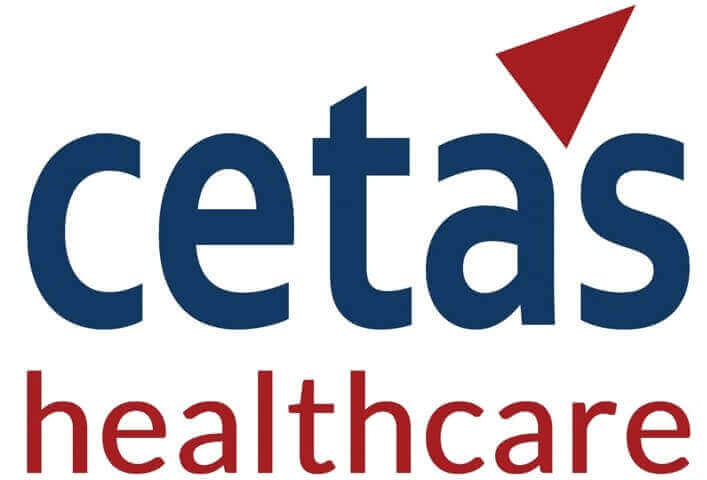X
In vitro diagnostic (IVD) devices play a pivotal role in healthcare, aiding in the diagnosis, monitoring, and management of diseases. With the continuous advancement of technology and an ever-expanding IVD market, ensuring the safety and performance of these devices post-market is of paramount importance. This article delves into the technical intricacies of post-market surveillance (PMS) for IVD devices, shedding light on the strategies, methodologies, and regulatory requirements involved.
1.1. Regulatory Authorities: PMS for IVD devices is subject to stringent regulations enforced by regulatory authorities such as the U.S. Food and Drug Administration (FDA), the European Medicines Agency (EMA), and other national health agencies worldwide. Understanding the specific regulations governing IVD PMS in your target markets is essential.
1.2. Key Regulatory Documents
2.1. Complaint Handling:
Robust complaint-handling processes are crucial for identifying and assessing issues related to IVD devices. Complaints can originate from healthcare professionals, patients, or laboratory personnel. Thorough investigation and documentation are imperative to determine if corrective or preventive actions are necessary.
2.2. Complaint Handling:
Adverse event reporting is mandatory for IVD devices. Manufacturers must promptly report serious incidents to regulatory authorities, as per the defined reporting timelines. Timely and accurate reporting ensures swift regulatory response and patient safety.
3.1. Data Sources:
3.2. Data Management:
Effective data management involves the organization, storage, and analysis of large volumes of data. Data repositories, databases, and data analytics tools are essential components of a comprehensive PMS system.
4.1. Risk Identification:
Risk assessment techniques, such as Failure Modes and Effects Analysis (FMEA), help identify potential risks associated with IVD devices. This includes assessing the impact on patient safety and device performance.
4.2. Risk Mitigation:
Once risks are identified, mitigation strategies should be implemented. These may include design changes, labeling updates, or enhanced user training to minimize identified risks.
5.1. Periodic Safety Update Reports (PSURs):
In line with regulatory requirements, manufacturers must submit PSURs at defined intervals. These reports summarize PMS activities, adverse events, and any actions taken to address issues.
CAPA processes are critical for addressing identified issues and preventing their recurrence. Effective CAPA strategies include root cause analysis, corrective action planning, implementation, and monitoring.
7.1. Feedback Loops:
Establishing feedback loops with healthcare providers, laboratories, and end-users is essential for ongoing improvement. This input helps manufacturers refine device design, usability, and overall performance.
7.2. Data-Driven Decision-Making:
Utilizing data analytics and insights from PMS activities empowers manufacturers to make informed decisions, prioritize improvements, and enhance the overall quality and safety of IVD devices.
Post-market surveillance for in vitro diagnostic devices is a multifaceted process that requires meticulous attention to detail and compliance with stringent regulations. Manufacturers must proactively monitor device performance, identify potential issues, and take swift corrective actions to ensure patient safety and product efficacy. By embracing advanced data analytics, risk management methodologies, and continuous improvement strategies, manufacturers can uphold the highest standards in IVD PMS and contribute to the advancement of healthcare diagnostics.
In a rapidly evolving IVD landscape, adherence to rigorous PMS practices not only ensures regulatory compliance but also fosters trust among healthcare professionals and patients, ultimately benefiting public health.


We provide the best insights for your business
